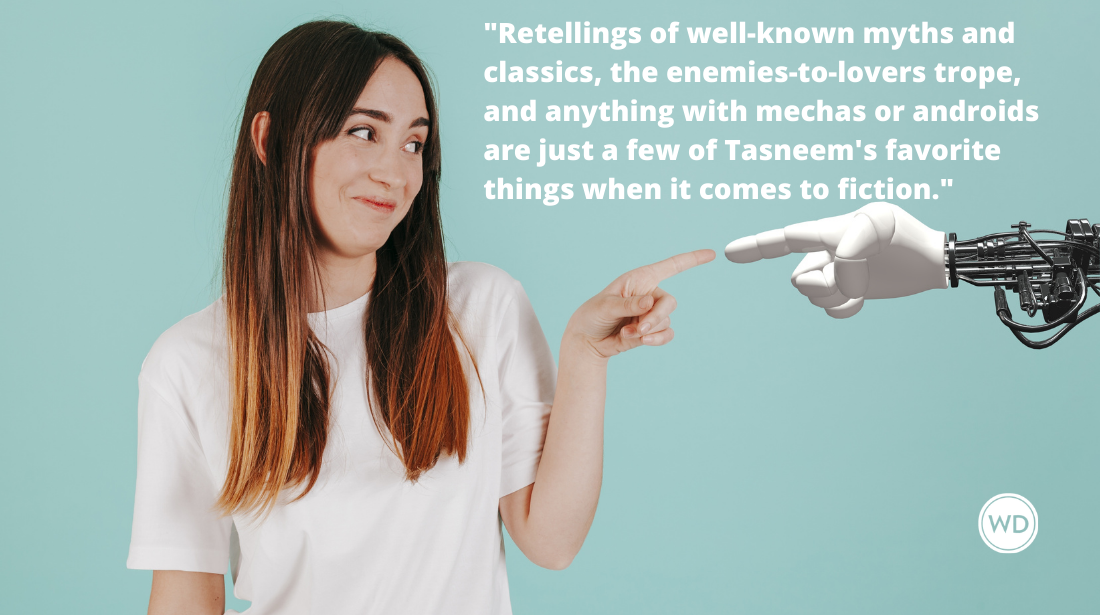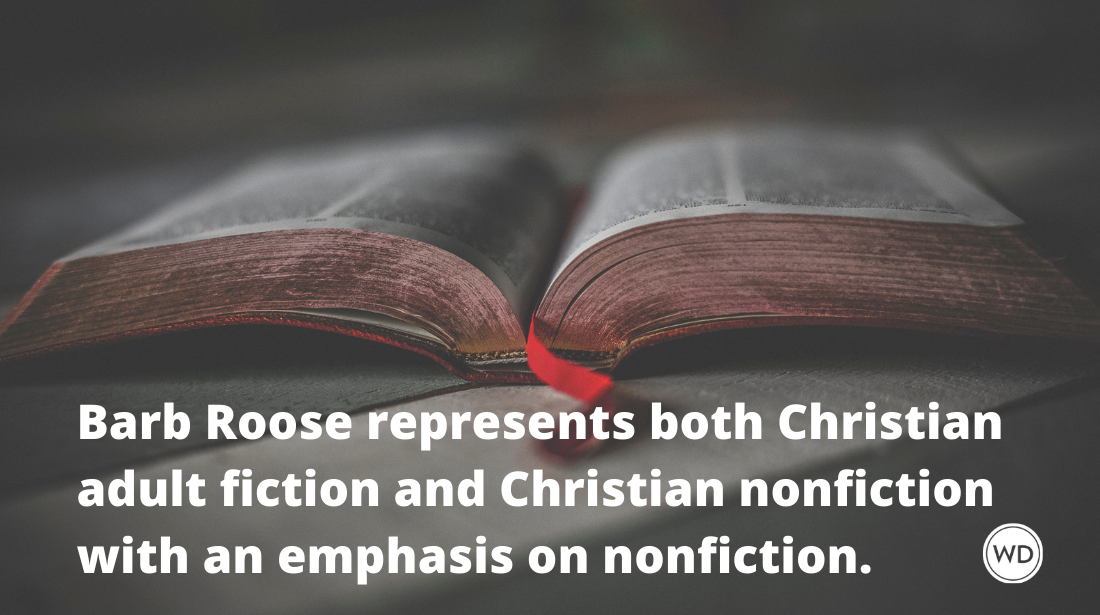How I Got My Agent: Deborah Blake
“How I Got My Agent” is a recurring feature on the GLA blog. Some tales are of long roads and many setbacks, while others are of good luck and quick signings. Deborah Blake is the author of Everyday Witch A to Z: An Amusing, Inspiring & Informative: Guide to the Wonderful World of Witchcraft (Llewellyn 2008) as well as Everyday Witch A to Z Spellbook (2010) and Witchcraft on a Shoestring (Sept. 2010). She has published numerous articles.
"How I Got My Agent" is a recurring feature on the GLA blog. I find it fascinating to see the exact road people took that landed them with a rep. Seeing the things people did right vs. what they did wrong (highs and the lows) can help other scribes who are on the same journey. Some tales are of long roads and many setbacks, while others are of good luck and quick signings.
Order a copy of Deborah Blake's Everyday Witch A to Z Spellbook.
2 YEARS, 3 MANUSCRIPTS AND 50 REJECTIONS
Five years ago, I wrote a book about modern Witchcraft, and started my career as a Llewellyn author. I loved writing nonfiction, and my fourth and fifth books will be out this year—but truly, my heart was with the fiction world. So I set myself some concrete goals: I would write and finish a novel. Then I would get an agent. I knew it wouldn’t be easy. But I didn’t realize just how hard and long the journey would be.
I finished the edits on the first book in early February of 2008, and sent out my first query about a week later. Over the course of about a year, I sent out a lot of other queries, and got requests for partials and a few requests for fulls (including one from Harlequin editor Patience Smith, as a result of my EMILY “Best of the Best” contest win). I used Guide to Literary Agents as well as sites online. I also checked websites for the agencies and agents I was interested in, read the dedication pages of books by authors I respected, and started spending inordinate amounts of time following agents and editors on Facebook and Twitter. Lesson #1: Do your research.
I DIVED IN AND MADE FRIENDS
I also started following some of the authors I really liked and admired, most especially the fabulous Candace Havens, who is amazingly supportive of up-and-coming authors. I went to blogs and left comments. I bought books and told the authors I’d done so. I supported and applauded their endeavors, asked questions, and soaked up as much wisdom as possible from all these lovely folks who were further down the path than I was.
Lesson #2: We're all in this together.
Eventually, I joined RWA. I entered contest after contest for almost a year, garnering lots of feedback, which I added to the feedback I’d gotten from agents and editors. Some of it really resonated with me (or was repeated over and over, which told me that no matter how I perceived my work, others were seeing it differently). I also took a number of online writing classes and went to workshops at my first ever RWA Nationals last year. And I kept writing. When book #1 didn’t sell, I wrote book #2. When book #2 didn’t sell, I wrote book #3. Lesson #3: Use all the tools at your disposal to improve your writing. Then write, write, write.
A REFERRAL TO ELAINE
Book one got sent out to over sixty agents. Book two got sent out to two—both folks who’d read the full of #1 and said, “Not quite, but send me the next one.” But as much as I loved the book (and believe it will sell when the market changes), it was clear that humorous paranormal romance was a tough sell. So I made a conscious choice to put aside both books 1 and 2 for a bit, took a break from querying, and wrote #3. When it was done, I queried my top three choices. The first choice said he wasn’t taking on anyone new, nothing personal. The second one said she didn’t love the voice. The third one—Lucienne Diver—said she loved the book … but she’d recently signed someone whose protagonist was a little too similar to mine, and she felt she wouldn’t be able to sell it. Arghhh!
So I took a chance, and asked her if she would mind sending it on to Elaine Spencer, also at The Knight Agency (and Candace’s agent). Elaine had read book #1 and liked it, but felt it was too close to things already being repped by the agency. The next day, I got an email from Elaine telling me she loved the book. That was on a Friday afternoon. On the following Monday, we talked on the phone and she officially agreed to represent me. My journey was over. Lesson #4: Be flexible and never give up.
Nothing on this journey went exactly the way I expected it to. But the combination of what some might call a stubborn refusal to admit defeat, a desire to become the best writer I could be, and the help and support of a whole lot of people—many of whom have never met me in person—led me to a happy ending.
Deborah Blake is the author of Everyday Witch A to Z: An Amusing, Inspiring & Informative Guide to the Wonderful World of Witchcraft (Llewellyn 2008) as well as Everyday Witch A to Z Spellbook (2010) and Witchcraft on a Shoestring (Sept. 2010). She has published numerous articles.







